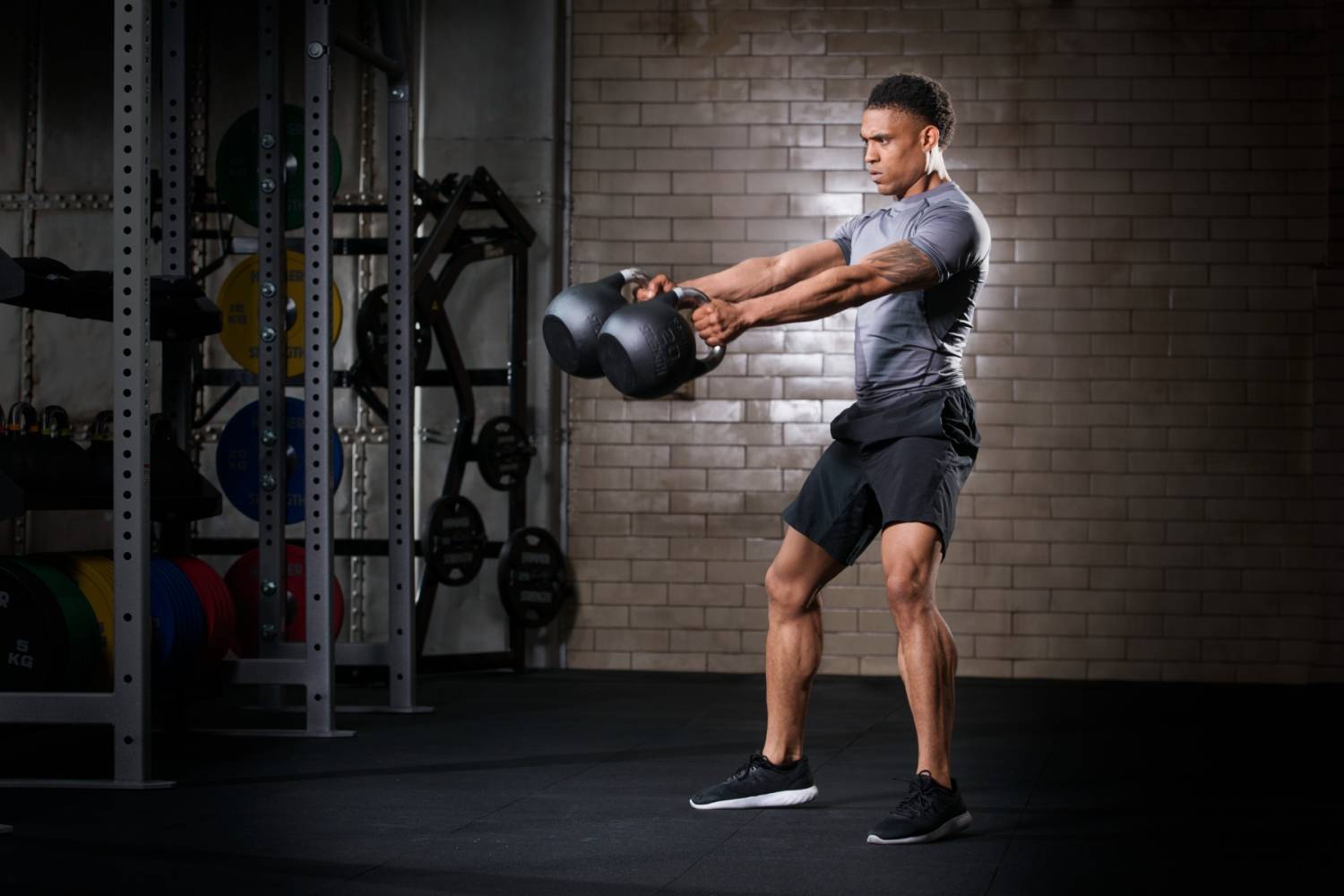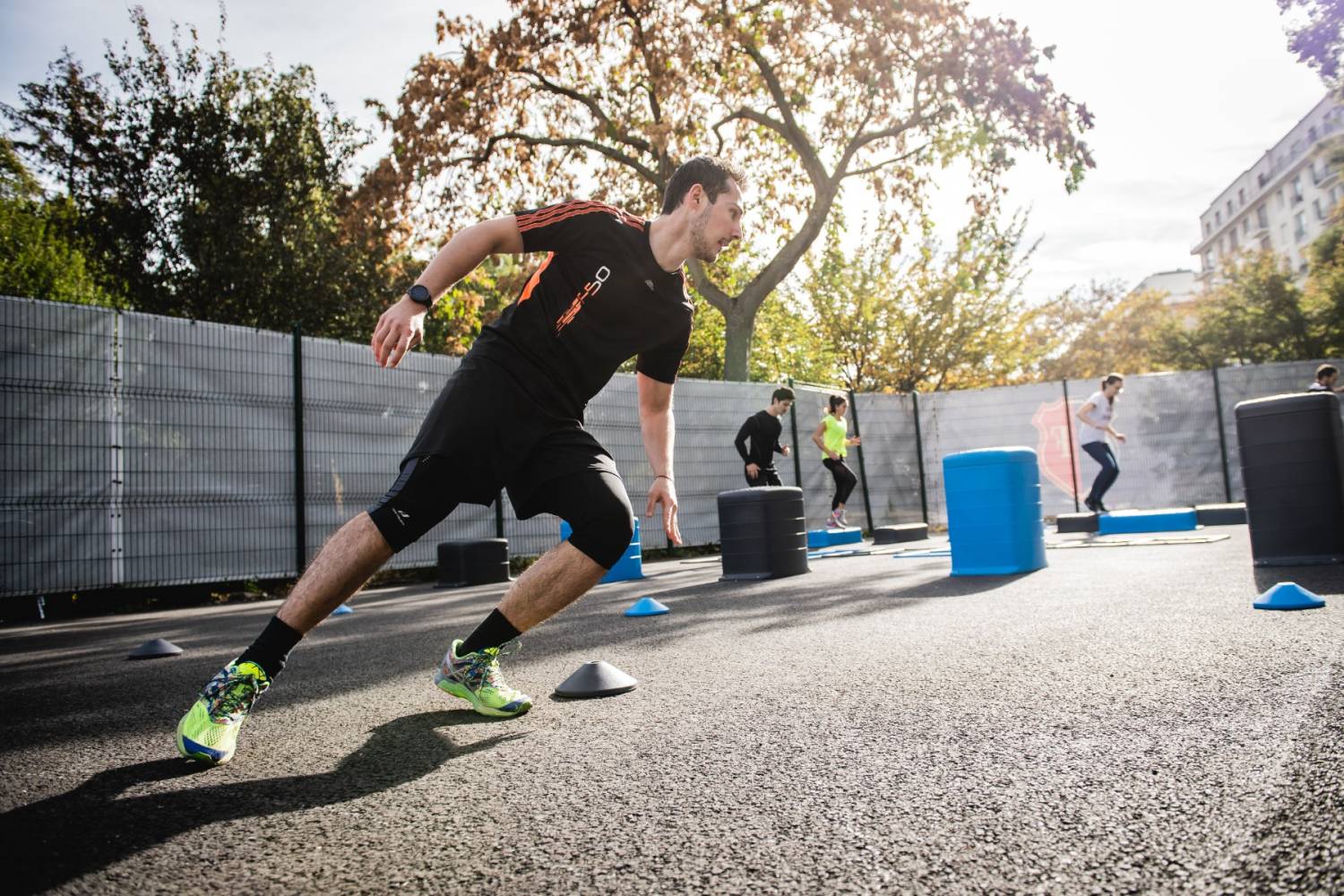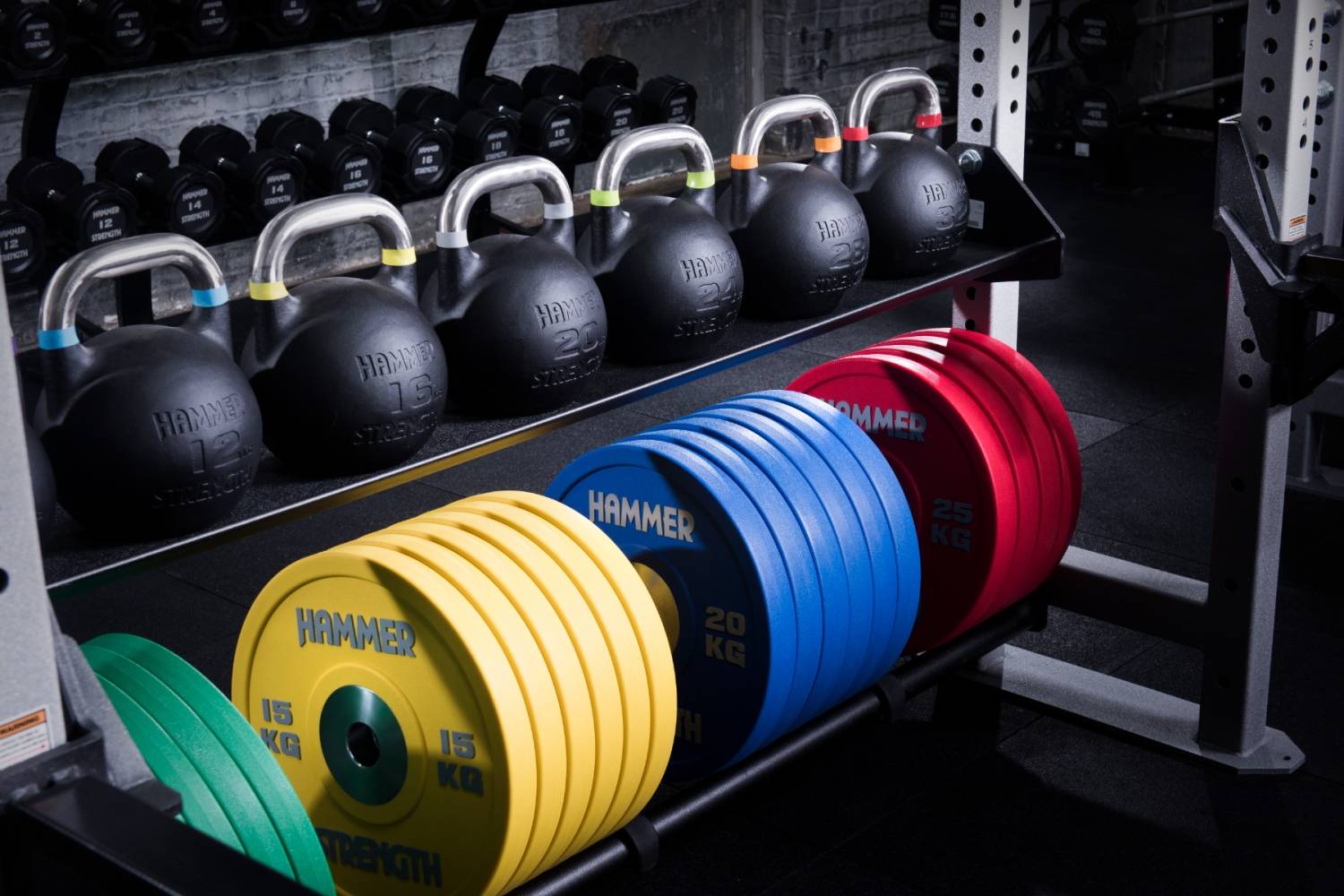Should I Do Cardio Before Or After Weight Training?

If your workout includes cardio and weight training, you might be wondering should I do cardio before or after weights? In this guide, we discover the answer to this question and recommend some of our top equipment to help you start your fitness journey.
What is Cardio?
Cardiovascular exercise, or cardio for short, is any vigorous aerobic activity that increases heart rate and respiration. Cardio raises oxygen and blood flow throughout the body repetitively and rhythmically.
Examples of cardio include running, walking, cycling and much more. Cardio is an essential component of a healthy lifestyle and has numerous benefits, such as improving heart and lung function, reducing the risk of chronic diseases, aiding in weight loss, and boosting mood and mental health.
What is Weight Training?
Weight training, also known as strength training, is a form of physical activity that involves using weights or resistance to work the body's muscles.
The resistance can come from free weights, weight machines, resistance bands, or even the weight of your own body. The goal of weight training is to build strength, endurance, and muscle mass by challenging the muscles to lift heavier weights or perform more repetitions.
Some examples of weight training exercises include squats, bench presses, bicep curls, and lunges. Weight training can have numerous benefits, such as improving overall strength and fitness, increasing bone density, enhancing metabolism, and helping to prevent injury.

Should I Do Cardio Before Or After Weight Training?
There is no right or wrong answer when it comes to this question! Introducing cardio into your gym routine before or after weight training depends on your fitness goals and the type of workout you will complete.
Most fitness experts advise you to do cardio after weight training because cardio can use up much of the energy and fatigues the muscles before weight training. Alternatively you can do cardio before weights, but complete a low-impact cardio workout using rowing machines or walking to warm up.
If your primary goal is to improve your cardiovascular endurance or burn more calories, start with cardio first when entering the gym. If you want to build muscle and increase strength, you should complete weight training first, as weight training can be more demanding on your muscles than cardio.
The choice is up to you! For more information on low and high-impact training, visit our blog what is low or high impact training?

At Gym Equipment, we supply diverse strength training and cardio equipment suited to all levels of gym goers! Take a look below for our top picks of cardio and weight training equipment.
The Best Gym Equipment For Cardio
Sole F85 Folding Treadmill
The Sole F85 Folding Treadmill is a high-quality home treadmill with a club-style 10" LCD display, handrail speed and incline controls, hand grip and wireless chest strap heart rate sensors, integrated sound system and dual turbo cooling fans. The treadmill can be folded away after use!
Benefits of Using a Treadmill For Cardio
Owning a treadmill can improve cardiovascular health as regular exercise on a treadmill can support heart health by increasing blood flow and strengthening the heart muscle.
Sole SB700 Indoor Cycle
The Sole SB700 Indoor Cycle is perfect for home use. This indoor cycle offers a seat and handlebars that can be adjusted vertically and horizontally to ensure any user can find their optimal riding position. It also has an integrated console displaying speed, distance, RPM, time and Kcal and has wireless for connecting to your favourite apps.
Benefits of Using an Indoor Cycle For Cardio
Owning an indoor bike is perfect for those looking for a low-impact workout, putting less stress on your joints. An indoor bike improves cardiovascular health by increasing blood flow, strengthening the heart muscles and improving endurance.
Primal Pro Series HIIT Rower
The Primal Pro Series HIIT Rower gives you a full body workout. This rowing machine is the exact same design as the ever popular Concept 2 which is now expired.
Benefits of Using a Rowing Machine For Cardio
Rowing machines offer a full-body workout engaging multiple muscle groups for an effective full-body workout. Rowing machines also improve your cardiovascular health, enhancing your heart health and endurance.

The Best Gym Equipment For Weight Training
Strength training is important for everyone, so it is essential to incorporate this type of exercise into your gym routine!
NOHrD SlimBeam Cable Machine
If you are looking for a cable machine suitable for your home gym, we recommend the NOHrD SlimBeam Cable Machine! This space-saving design is compact and comes in seven finishes allowing you to choose a cable machine that suits your home gym.
With this cable machine, you can perform various exercises to benefit mobility in your legs, arms, abs and back!
Benefits of Using a Cable Machine For Muscle Strength
Cable machines are incredibly versatile – you can use them for exercises such as bicep curls, tricep pushdowns, lat pulldowns, chest flyes, and more. Cable machines offer a wide range of exercise options, allowing you to target various muscle groups.
NOHrD Dumbbell Set
This NOHrd Dumbbell set is wood-finished so that it can match your existing wooden gym equipment or looks stylish and unique within your gym on its own.
Benefits of Using Dumbbells For Muscle Strength
Unlike machines, which stabilise the weights for you, dumbbells require you to balance and coordinate your movements. Dumbbell exercises can help strengthen the muscles that support your joints, reducing your risk of injury and improving your overall joint health.
We hope to inspire you to try cardio and strength training during your next gym session! If you want to purchase any of our premium gym equipment, please do not hesitate to contact us. We provide many finance options for those looking to build their dream gym.



